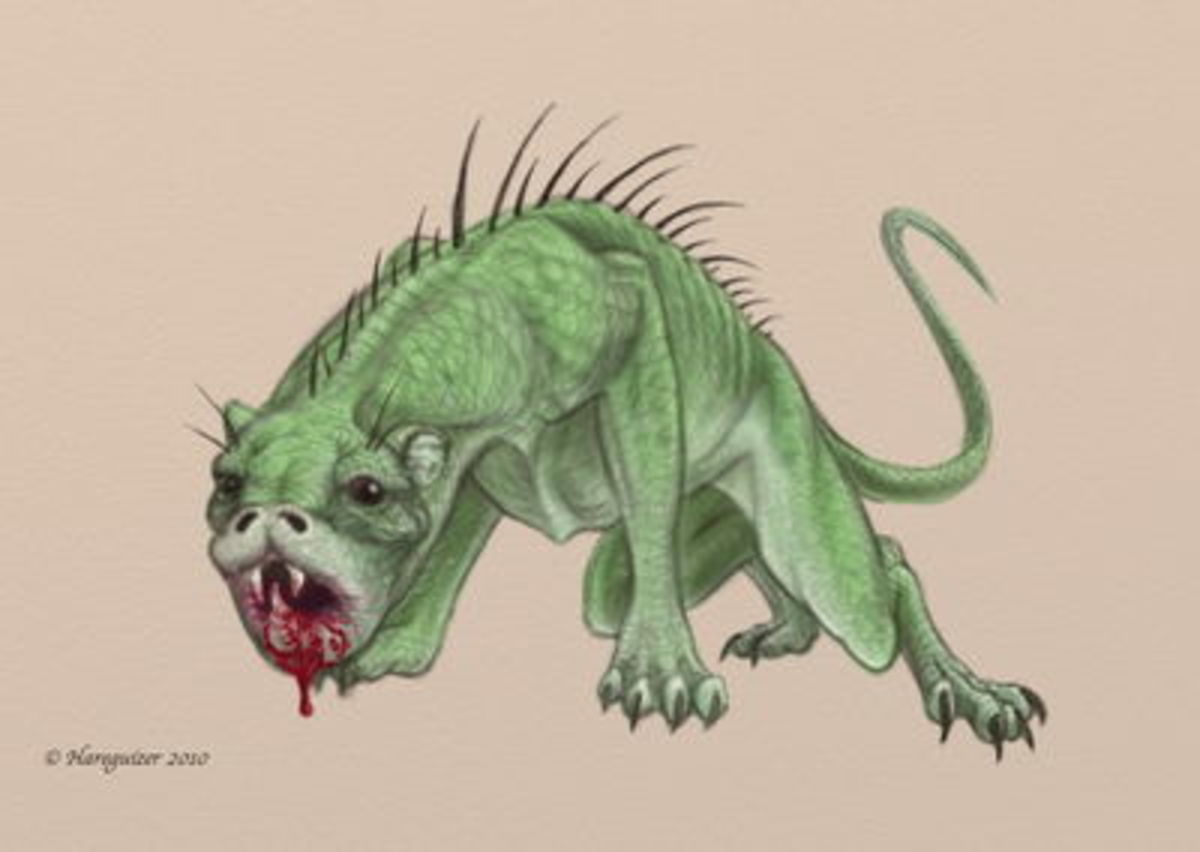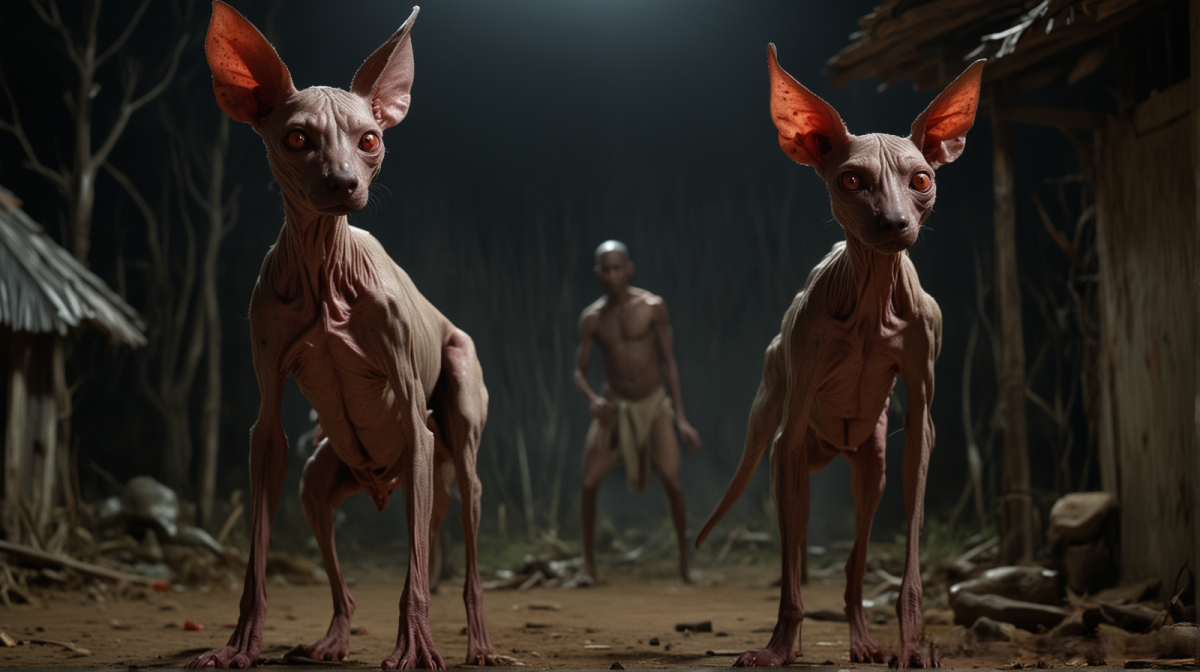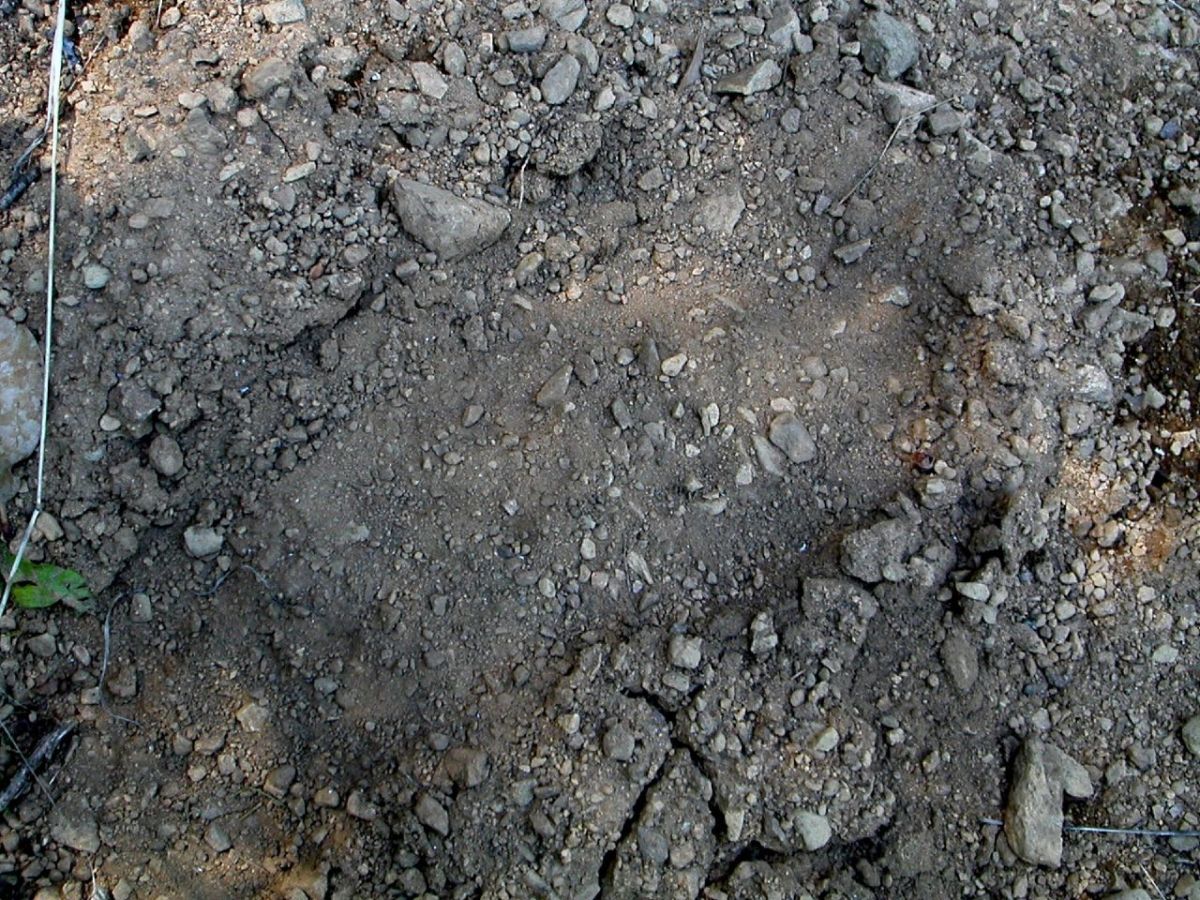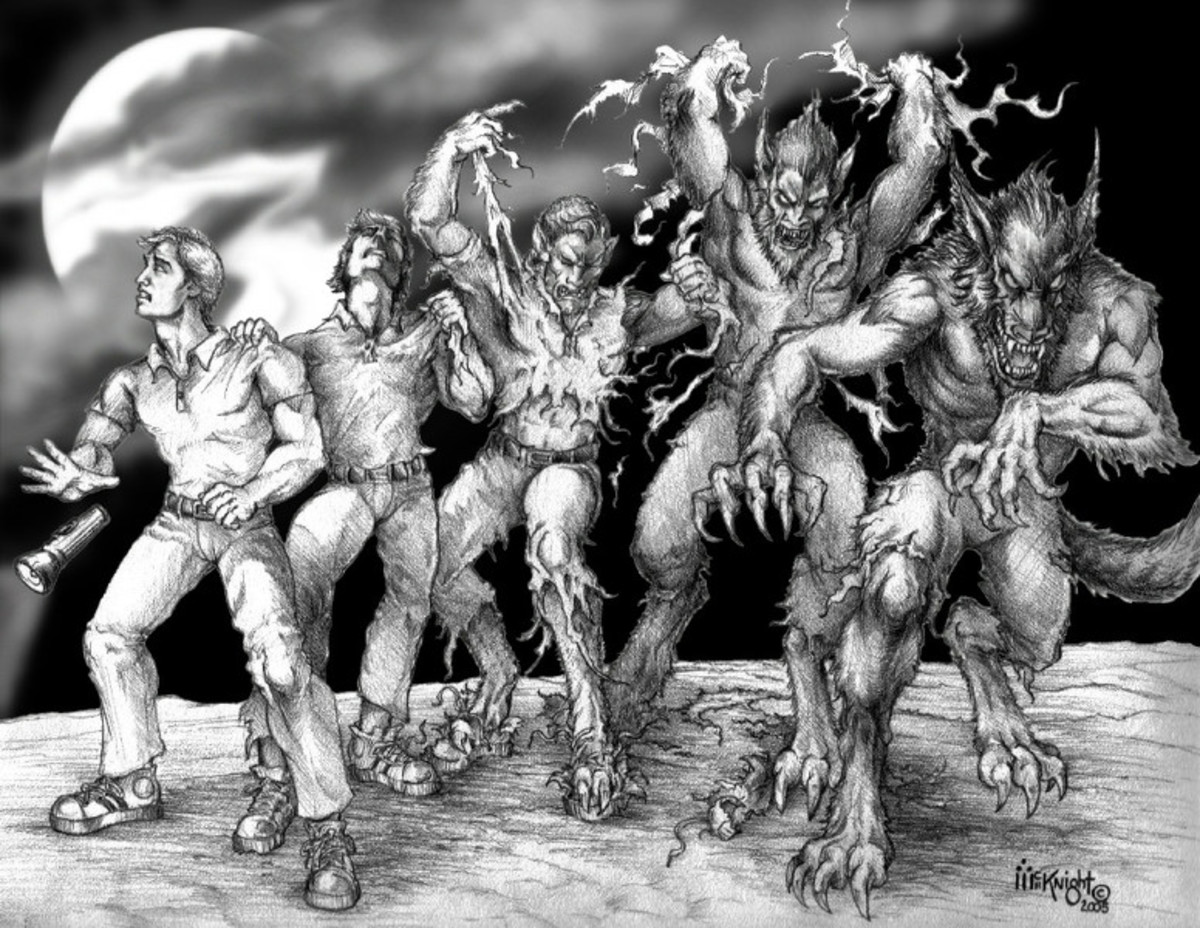- HubPages»
- Education and Science»
- Sociology & Anthropology»
- Folklore & Mythology»
- Legendary Creatures & Cryptids
The Migrating Chupacabra
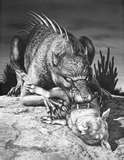
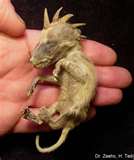
Chupacabra
A Chupacabra is said to be a beast the size of a small Bear, a row of spines reaching from its neck to the base of its tail. It gets its name “chupar” [to suck] and cabra [goat], basically Goat Sucker because it attacks animals, punctures their throats and drains their blood. Although it is said to have attacked several types of livestock, it seems particularly fond of Goats.
It was first spotted in 1995 in Puerto Rico but since then there have been many reported sightings, mainly in the United States and Mexico but ranging from Maine in the north to Chile in the south.
There had been earlier reports in Puerto Rico, of livestock having been drained of blood however, prior to the 1995 sighting they had been contributed to vampires.
Siberia
Sightings had always been in the Americas, that was until 2010. The village of Novosibirsk in Siberia then reported that there had been several instances around the village, that were exactly like the attacks of the Chupacabra. Live stock had been found with puncture marks on their throats and had been drained of blood.
The authorities were called in and they searched for the alleged beast but to no avail.
In 2009 climatologists claim that the Siberian summers were getting warmer and that their winters were getting milder. Would this be enough to warrant a beast’s migration over so many miles?
Is it possible for a beast that is more used to the warmer climates of Central America to survive in the bitter cold of Siberia?
Coyote: A Beast of Legend?
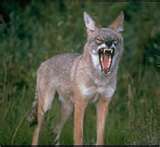
A Coyote?
Also in 2010, an animal reported as being a Chupacabra was killed in the United States and sent to the University of Michigan for analysis.
The University found the animal to be a coyote with a parasitic skin disease.
Scientists now conclude that all supposed sightings of Chupacabra, are merely sightings of Coyotes that have a disease such as scabies and mange. They also say that the animal’s ill health would account for them preferring Goats, an easier prey.
To my knowledge however, an animal inflicted with the parasite responsible for scabies or mange does not suddenly become a blood sucker. How do these scientists account for this change in the animals dietary habits?

